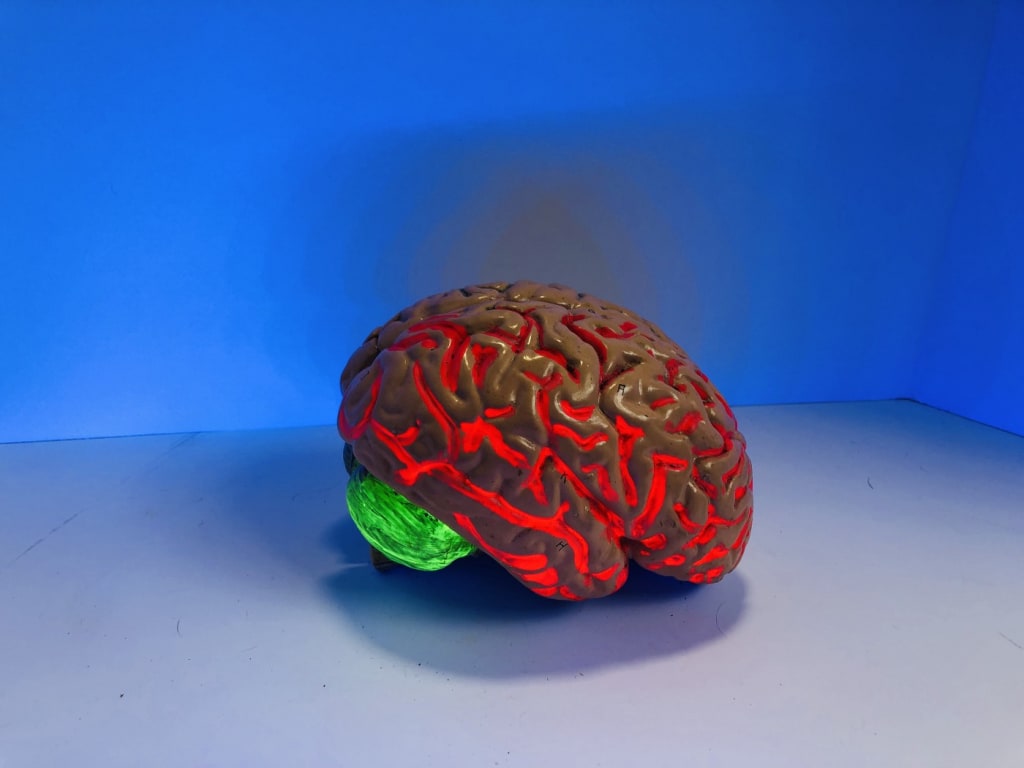How to Use a Second Brain to Write More and Increase Productivity
Whatever you write, you can use the CODE system

So many people talk about building a second brain. It is a hugely popular concept started by Tiago Forte. It is the process of producing a personal database of knowledge that helps you with many things, including your creative pursuits.
The system uses acronyms such as CODE and PARA. It is relatively easy to understand these concepts and what each element does, but if you are anything like me, the actual lightbulb moment does not occur until you see it in practice.
So for those who wonder how you use this system with your writing, I will show you how I use CODE to write a crime article.
C is for Capture
This is the brain dump part of my writing. True crime has fascinated me for years; I have read many books on the subject. While doing this, I look for compelling cases I want to know more about.
I do this in various ways; I always have a notebook beside me when reading. I also use my apple notes app to jot down cases to look up, or I use the ultimate capture system, your phone's camera.
Whether it is a picture of a magazine article or a screenshot of a website I am interested in, I snap a photo. The camera is the most underrated, underused capture device.
My ideas don't always come from reading; some come from friends who mention cases they would like my opinion on. Unfortunately, it is the lot of crime writers that people think we know everything about every case.
So when I don't know a name, I write the case down, usually in Apple notes, for research later.
O is for Organise
Once I have these ideas researched with the facts, I place them in several folders. This is all done on Obsidian. Then, I separate them into what the case is about; for example, unsolved goes in a different folder to serial killers.
I also am fascinated with Jack the Ripper, which is quite well-known now. I have a separate vault for this on Obsidian for anything relating to him. This is because all the information relates to each other, and I am hoping to find some connections others haven't.
Once this is done, I will tag the notes appropriately. Are they ideas, or are they developed enough through the research to be outlines for articles?
D is for Distil
Distil is where I put my voice into the research. Using my experience with other cases and my psychology knowledge, I put my thoughts into the article.
Ideas and outlines become complete articles. I may also use this time to research other parts of the case I haven't already found.
Once the articles are complete, the editing takes place; this is part of the distilling process for me. The completed article is then ready for the next stage.
E is for Express
Express is the easy part of the process for any writer. The complete articles are expressed through various platforms depending on where they fit. I have my true crime, Substack and Medium. If the case is American-based, then I would also publish to Newsbreak.
I also express these ideas through social media to further increase an idea's expression.
Use CODE for any articles
The CODE system can be used for all topics, not just crime. So whether you write personal stories, psychology or productivity, you can use this system.
Not all the captured ideas make it through all the stages. Some only make the organised part. On rare occasions, the distil notes are not expressed if the article doesn't flow, I may let it settle and go back to the distilling part of the system again to write it better.
Whatever your niche or personal interest, the CODE system is simple to use on any platform and will raise your writing rate hugely.
About the Creator
Sam H Arnold
Writing stories to help, inspire and shock. For all my current writing projects click here - https://linktr.ee/samharnold






Comments
There are no comments for this story
Be the first to respond and start the conversation.